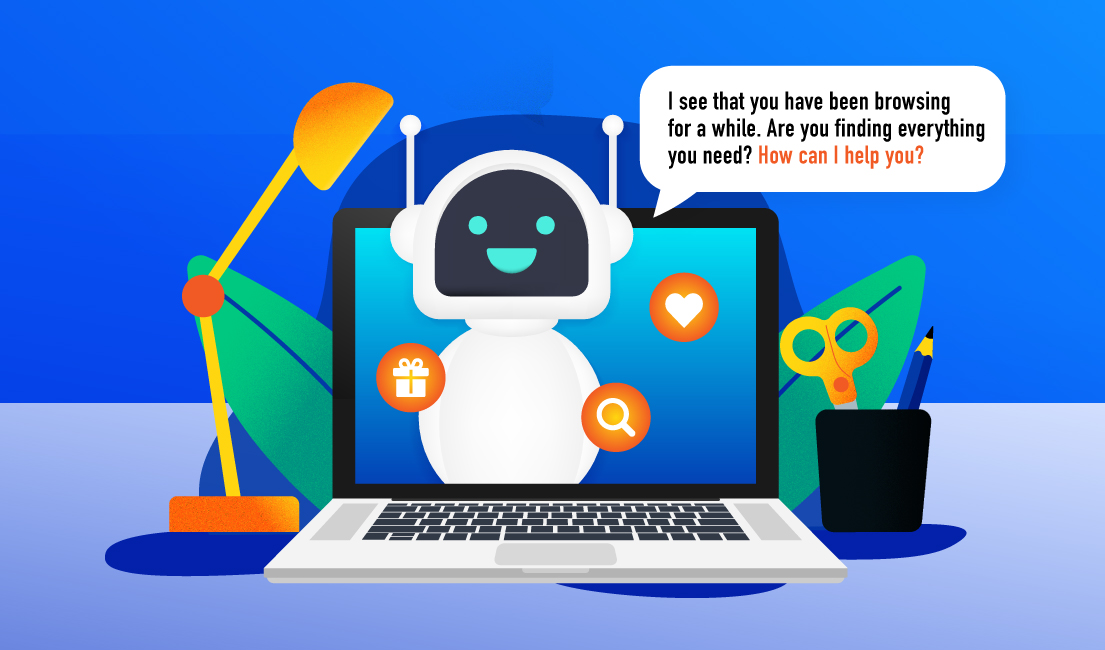3 min read
Wondering what churn prediction is, and how it actually works? Read on, and all will be explained…
What Is Churn Prediction?
Churn quantifies the number of customers who have left your brand by cancelling their subscription or stopping paying for your services. This is bad news for any business as it costs five times as much to attract a new customer as it does to keep an existing one. A high customer churn rate will hit your company’s finances hard. By leveraging advanced artificial intelligence techniques like machine learning (ML), you will be able to anticipate potential churners who are about to abandon your services.
Why Is It Important?
The truth is you probably already have more customer data than you know. By leveraging this data, you are able to identify behavior patterns of customers who are likely to churn. This knowledge will enable you to segment those customers and take the appropriate measures to win them back.
How to Predict Churn
One of the approaches to customer churn prediction is using predictive analytics, which involves various techniques, such as data mining and ML.
For ML to work, you will need data, which is defined by your goal. So, it is important to know what insights you want from the analysis before deciding what data sources are necessary for your churn predictive modeling.
Once you understand the insights you want, you can then select and preprocess data. When selecting data, you can break it into two types: usage and contextual. Usage refers to how much a customer used your company or service before they left (for example, if you are an online food delivery service, how frequently they ordered from you). And contextual data would add more context to the usage data (like how much they spent on each order).
Since ML model performance and the quality of insights generated depend on the quality of data, you will also want to make sure that all data points are presented in a consistent form suitable for building the models.
The next step would be training, fine-tuning and testing numerous models until you find the one that will make the most accurate predictions. You can then put it into work.
Last but not least, analyze your results. What do they tell you about the reason why customers left? How can you use this information to calculate a customer’s churn probability? And how can you address the issues causing customers to leave (perhaps by offering money off coupons) before they become a bigger problem?
Predicting and preventing customer churn will not only save your company a lot of money on acquiring new customers, but also represent a huge additional potential revenue stream for your business.
Want to know more about how machine learning can help you predict customer churn? Get in touch with us now!



